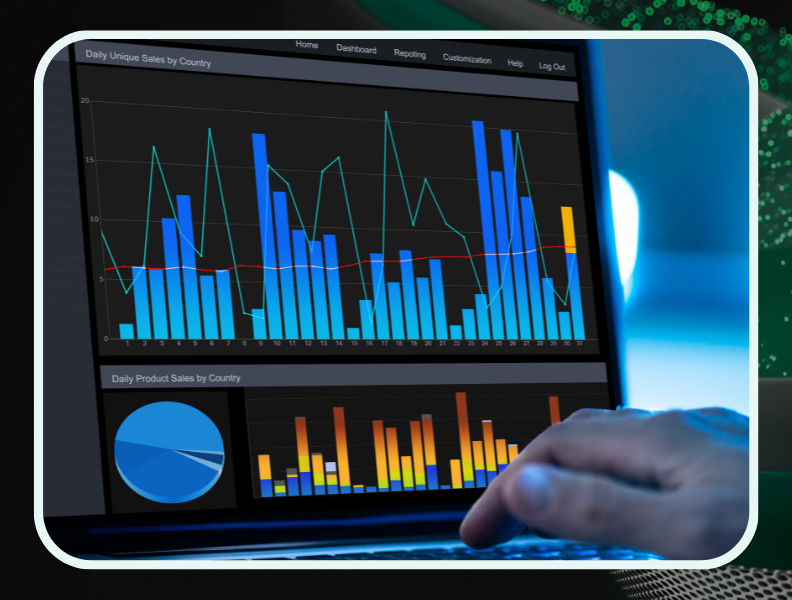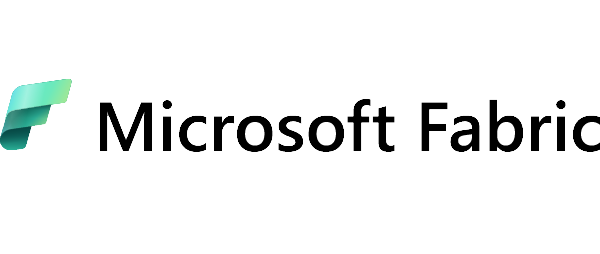
In the digital transformation era, data access is no longer a problem – the challenge is to model and share it properly. Semantic Models in Microsoft Fabric answer the growing need for consistent, easily accessible and analytically useful data models. What are Semantic Models, how do they work, and why can their implementation be the foundation for effective business analytics? In this article, we will explain the essence of semantic data models in Fabric and advise on how to design them to optimise analysis and information sharing within your organisation. Semantic Models in Microsoft Fabric – how to build effective data models?
What are Semantic Models in Microsoft Fabric?
Semantic Models are logical layers that give meaning to raw data stored in various sources. In the context of Microsoft Fabric, semantic models are a key component of OneLake, a shared data store, and they allow end users to explore data intuitively without needing to know the source structure. What are Semantic Models in Microsoft Fabric?
These models are based on technology known from Power BI – tabular modelling – but in Fabric they have been embedded as an independent ‘semantic model’ object that can be shared and used by various analytical tools. This ensures uniform definitions of metrics, calculations and hierarchies, translating into consistency of analysis across the entire organisation.
Key benefits of implementing Semantic Models
One of the most essential advantages of Semantic Models is the standardisation of business logic within an organisation. Instead of defining metrics and KPIs in each report separately, semantic models allow you to build a central layer of logic that all analysts and decision-makers can use. This eliminates the risk of misinterpreting data and increases the efficiency of reporting teams. In addition, Semantic Models support advanced features such as row-level security (RLS), dimension hierarchies, and entity relationships. Their integration with Direct Lake Mode also enables real-time access to data without duplication, an advantage in performance and cost management.
Building an effective semantic model – best practices
Creating a good semantic model requires knowledge not only of the technical syntax of DAX, but also of data modelling principles. The first step should be to create a star schema, which separates fact tables from dimensions, ensuring query clarity and performance. Avoid many-to-many relationships and ill-considered merging of large tables without aggregation. It is also essential to use descriptive columns and measure names, use hierarchies (e.g. Year > Quarter > Month), and assign business aliases, improving end users’ understandability. It is also worth planning to use RLS from the outset to ensure data security in a distributed organisation.
Semantic Models and Inter-Team Collaboration
One of the foundations of the Fabric platform is the sharing of resources within a single analytical ecosystem. Semantic Models support this model, enabling analytical, operational and decision-making teams to use the same definitions and data sources. Models can be published in workspaces, assigned to subject areas or departments, and integrated with Power BI, Excel, or SQL tools. Integration with Microsoft Purview also enables data lineage tracking and compliance with corporate policies.
Monitoring and optimisation of semantic models
Maintaining semantic model performance requires regular analysis of queries and resource usage. Microsoft Fabric provides diagnostic mechanisms (e.g., Performance Analyzer) and integration with Azure Monitor. It is worth reviewing the use of metrics on a regular basis, identifying so-called ‘unused columns’, and monitoring data refresh times. The thoughtful use of aggregation, predefined perspectives, and column indexes can significantly speed up report performance. Semantic model optimisation is a continuous process that should be part of an organisation’s data analytics management strategy.
Summary
Semantic Models in Microsoft Fabric are much more than just a new feature – they are a way to standardise, unify and streamline data analysis across organisations of all sizes. They enable the creation of centralised logical models, improve the quality of analysis and minimise the risk of misinterpretation. Combined with sharing, security and integration capabilities with the Microsoft ecosystem, they form the foundation of a modern Business Intelligence strategy. By building semantic models based on best practices, organisations can maximise the potential of their data and make decisions based on a single, shared version of the truth.



